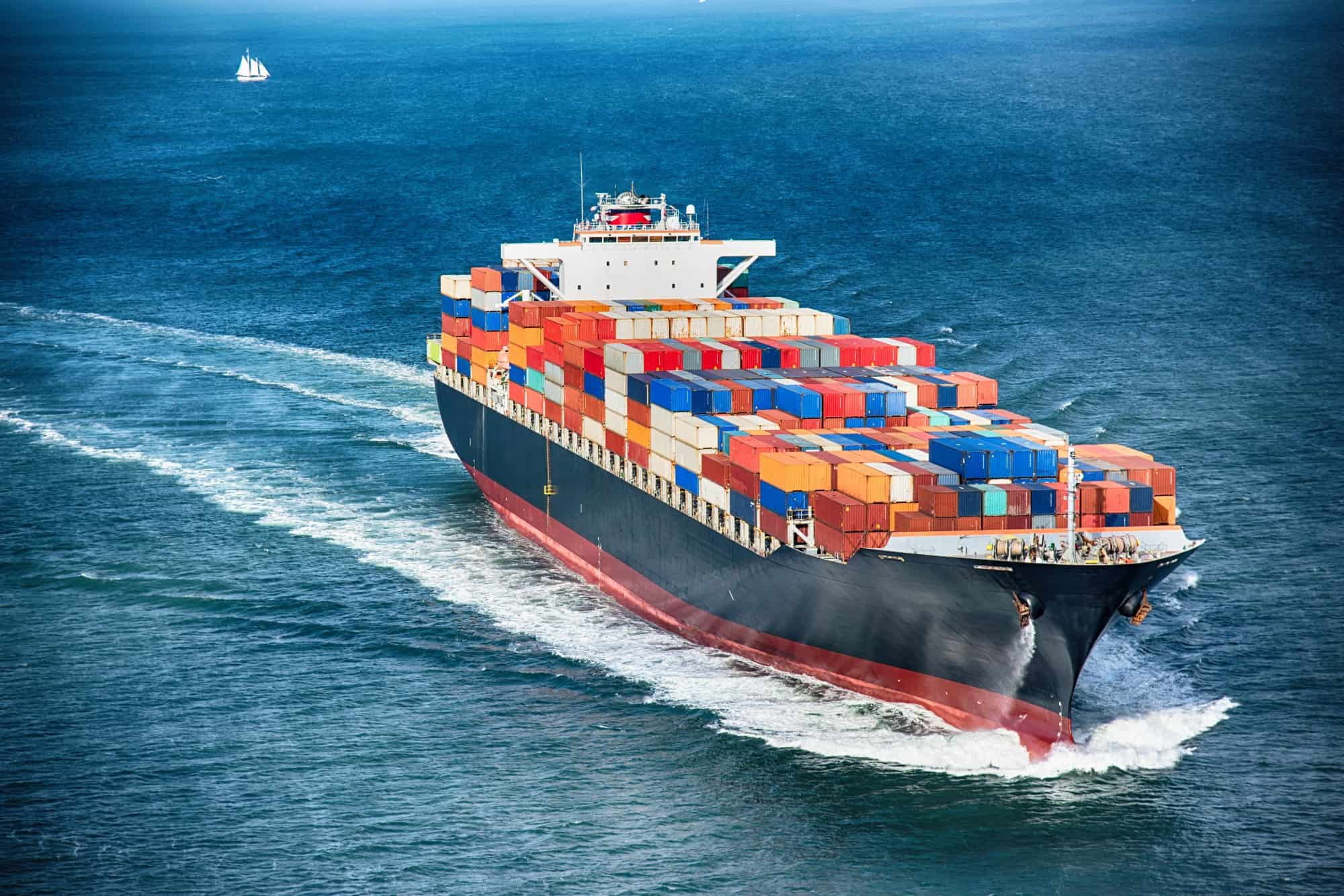The shipping industry is in a constant state of flux, with regulations that can shift at a moment’s notice. From environmental standards to customs requirements, these rules are designed to improve safety, reduce emissions, and streamline global trade. But for businesses, keeping up with changing shipping regulations can feel like navigating a maze. How do you ensure compliance without slowing down your operations or driving up costs? Understanding the evolving regulatory landscape is crucial for businesses looking to stay ahead and avoid costly disruptions. Let’s dive into the key changes shaping shipping regulations and how companies can adapt.
Navigating Environmental Regulations: A Push Toward Greener Shipping
One of the most significant changes in recent years is the push toward greener shipping practices. Governments and international bodies are tightening regulations to reduce the environmental impact of shipping, targeting everything from fuel emissions to waste management. The International Maritime Organization (IMO), for instance, has introduced stricter sulfur emission limits, forcing ships to switch to cleaner, low-sulfur fuels or invest in expensive scrubbers to clean exhaust gases.
For businesses, these regulations can lead to increased shipping costs, as carriers pass on the expenses of compliance. However, there are ways to navigate this green transition without breaking the bank. Companies can work with carriers that are investing in sustainable technologies, such as LNG-powered ships or electric vessels, which are not only compliant but often more cost-effective in the long run. By choosing eco-friendly shipping options, businesses can stay ahead of regulations while also appealing to environmentally conscious customers.
Understanding Customs and Trade Compliance
Customs regulations are another area that’s constantly evolving, influenced by geopolitical shifts, trade agreements, and national security concerns. Changes in tariffs, import/export restrictions, and documentation requirements can cause significant delays and unexpected costs if businesses aren’t prepared. The ongoing trade tensions between major economies like the U.S. and China, for example, have led to sudden changes in tariff rates that can impact profit margins overnight.
To adapt, businesses need to invest in robust customs compliance programs that include up-to-date knowledge of current regulations, proactive tariff classification, and strategic sourcing decisions. Working with experienced customs brokers and leveraging automated compliance software can streamline the process, helping companies avoid costly fines and shipment delays. The goal is to create a proactive compliance culture that keeps your business nimble and responsive to changes in trade policies.
Adapting to Digital Shipping Requirements
Digitalization is reshaping how shipping documents are processed, and regulations are increasingly favoring electronic data over traditional paper-based systems. From e-manifests to digital bills of lading, the shift toward electronic documentation aims to speed up the shipping process, enhance transparency, and reduce errors. However, adapting to these digital requirements can be daunting for businesses that are used to traditional methods.
The key to a smooth transition is investing in technology that integrates seamlessly with your existing operations. Implementing digital documentation platforms, such as blockchain-based systems, can provide secure, tamper-proof records that meet regulatory requirements. Training staff on new digital processes and working closely with logistics partners can also help ensure the successful adoption of these technologies. As regulations continue to favor digital solutions, businesses that embrace these changes will be better positioned to compete in the modern shipping landscape.
The Impact of Security Regulations on Shipping
Security is a top priority in global shipping, and regulations are constantly being updated to address new threats. From anti-terrorism measures to cybersecurity protocols, these regulations are designed to protect the global supply chain from risks that could disrupt trade. The introduction of mandatory screenings, tighter port security measures, and increased data reporting requirements are just some of the ways regulators are working to enhance shipping security.
For businesses, compliance with these security regulations is non-negotiable, but it can add complexity to shipping operations. Implementing secure packaging solutions, using tamper-evident seals, and investing in technologies that track and monitor shipments in real-time can help companies meet these standards. Additionally, understanding the requirements for insured package delivery is crucial, as it provides a layer of protection against potential losses during transit, especially when shipping high-value or sensitive goods. Insured deliveries ensure that businesses aren’t left vulnerable in the event of theft, damage, or non-compliance issues.
Staying Ahead of Regulatory Changes
So, how can businesses stay ahead of ever-changing shipping regulations? The answer lies in building flexibility and resilience into your shipping strategy. Regularly reviewing and updating compliance procedures, maintaining open communication with carriers and logistics partners, and investing in training for your team are all critical steps.
Moreover, staying informed about upcoming regulatory changes allows businesses to anticipate shifts rather than react to them. Subscribing to industry newsletters, attending trade conferences, and engaging with regulatory bodies can provide valuable insights into what’s on the horizon. A proactive approach not only minimizes the risk of non-compliance but also positions your company as a forward-thinking leader in your industry.
Embracing Change for a Better Future
Adapting to changing shipping regulations isn’t just about checking boxes—it’s about seizing opportunities to improve your operations, reduce risks, and enhance your brand’s reputation. The landscape may be constantly evolving, but with the right strategies, businesses can navigate these changes successfully. By staying informed, investing in compliance, and embracing technological advancements, companies can turn regulatory challenges into a competitive advantage. The future of shipping will undoubtedly bring more changes, but those who are prepared will find that adapting isn’t just necessary—it’s an opportunity to thrive.



